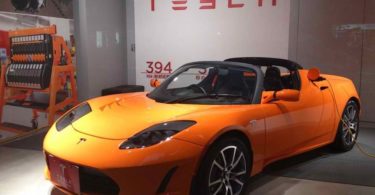What happened
After rallying 66% in July, Rivian Automotive (RIVN) stock slammed on the brakes in August and fell 17.8%, according to data provided by S&P Global Market Intelligence.
The electric vehicle (EV) manufacturer upped its full-year production guidance last month, tried to convince investors that it has a visible path to profitability, and got a lot of love from analysts, with at least eight analysts bumping up their price targets on Rivian stock. The markets, though, couldn't find a reason to justify a higher valuation for the EV stock.
So what
Rivian upgraded its 2023 production guidance by 2,000 units to 52,000 units in early August. That may seem insignificant, but not when you consider that Rivian produced fewer than 25,000 EVs in 2022. Also, low production has been the biggest growth hurdle for the company so far, so any outlook upgrade could indicate a turnaround and should have ideally sent the stock flying.
That didn't happen though, because Rivian had already declared its production and delivery numbers for the second quarter in July, and that sent its shares soaring. Given how much the EV stock had already rallied in the month, though, the optimism was already baked into the stock price by the time Rivian released its quarterly report in August. Growth stocks oscillate wildly alongside investor expectations. In Rivian's case, investors, perhaps, expected an even rosier outlook for the year after Rivian's production jumped to 13,992 EVs in Q2 from only 9,395 units in the first quarter.
It also didn't help that Rivian burned nearly $1.4 billion of cash on operating activities in Q2 against a net loss of $1.2 billion and projected an adjusted loss before interest, tax, depreciation, and amortization of $4.2 billion for 2023.
Now what
Rivian shares may have fallen in recent weeks, but there's a reason why analysts are turning bullish about the stock. Rivian is finally ramping up production and cutting costs. In its second quarter, Rivian's gross loss fell to $412 million from $704 million in the year-ago quarter and its gross profit per vehicle improved by almost $35,000 sequentially. The company said the launch of its in-house Enduro motor unit and lithium iron phosphate battery packs were primarily responsible for higher profit per vehicle.
Rivian now believes it could cut costs significantly and boost margins as it scales up production of Enduro drive units and battery packs alongside EV production. The company also produced a larger number of R1S SUVs compared with R1T pickup trucks in the second quarter for the first time, and it expects to continue doing so. That could eventually work in Rivian's favor, as CEO RJ Scaringe revealed that the R1S SUV is a more profitable EV compared to the R1T pickup truck.
Originally published on Fool.com






